Author: Fhithich
-
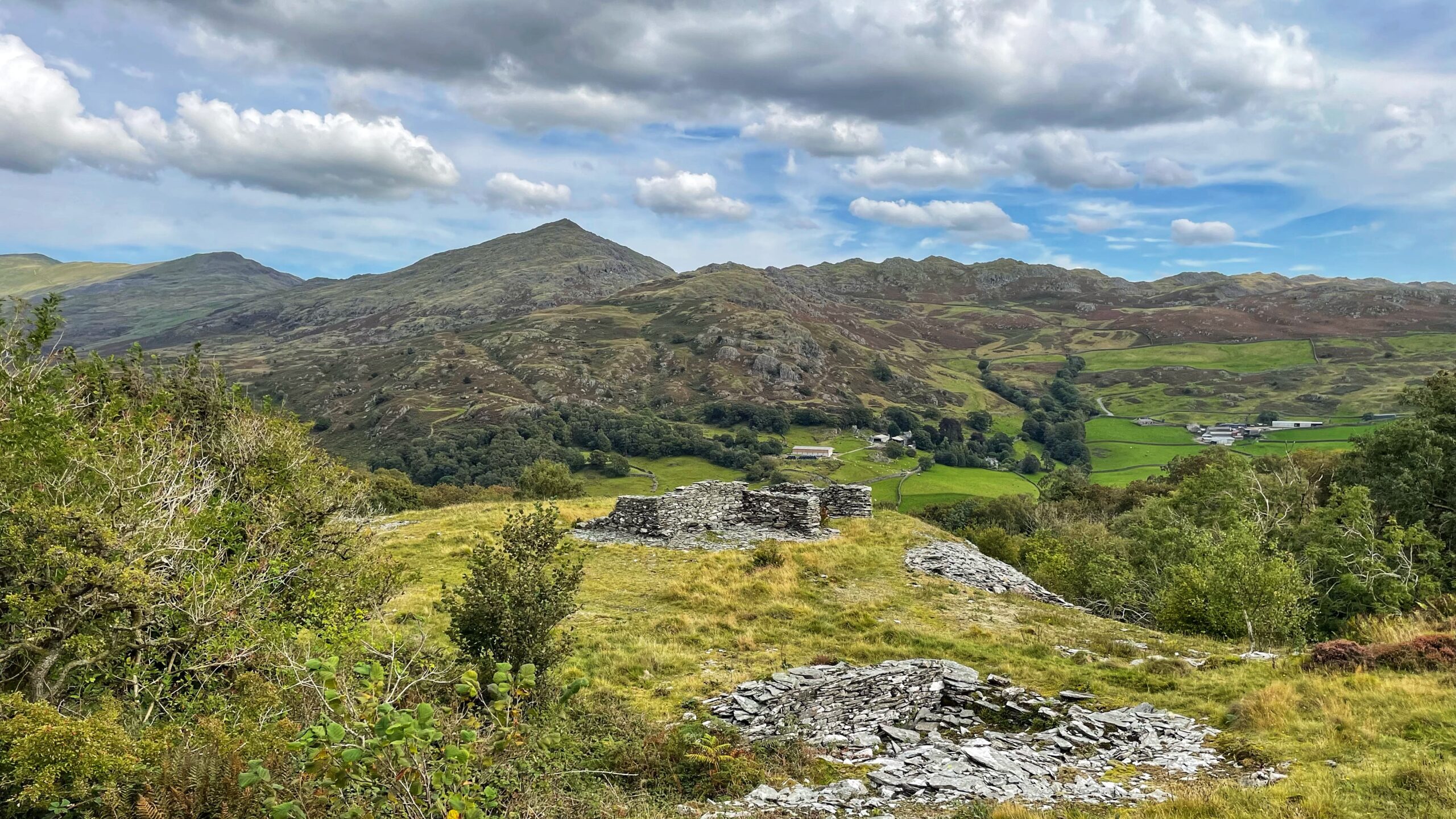
Commonwood Quarries and the Quest for Slate
Caw in the Dunnerdale Fells may rise only 529 metres, yet it carries the unmistakable outline of a true mountain. From the abandoned Commonwood Quarries above Ulpha, its shape dominates the view. These workings were once famed for their “green” slate. The site remains striking, a scatter of ruined buildings, deep quarried faces and silent…
-
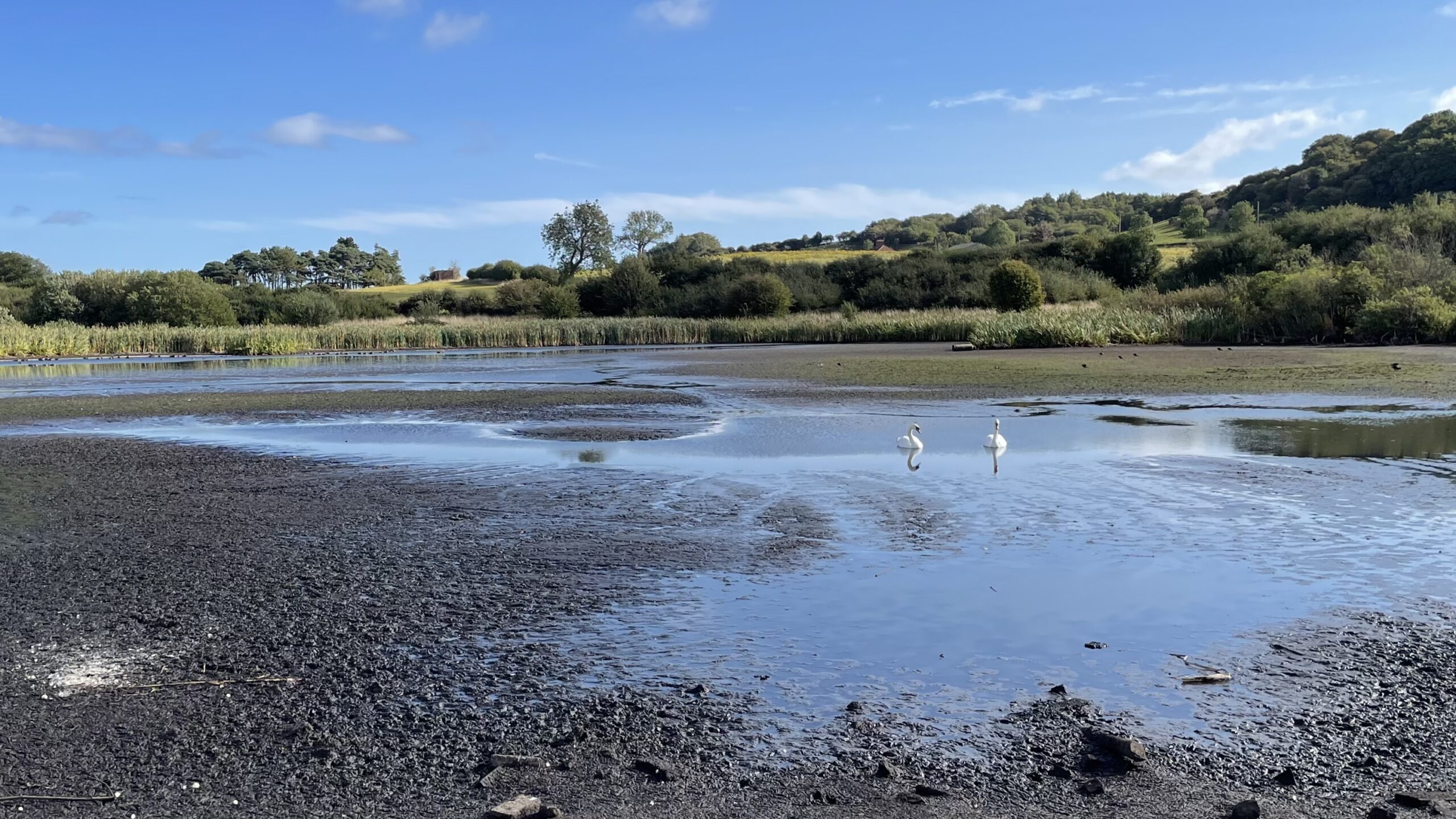
The Parched Pond of Margrove
Two swans drift across the shrunken waters of Margrove Pond, looking strangely out of place in a wetland that has seen so much reshaping and had so much optimism. This 18-acre site, given to the Cleveland Wildlife Trust in 1993, lies on land once called “The Carrs,” a name that simply meant swampy ground. The…
-
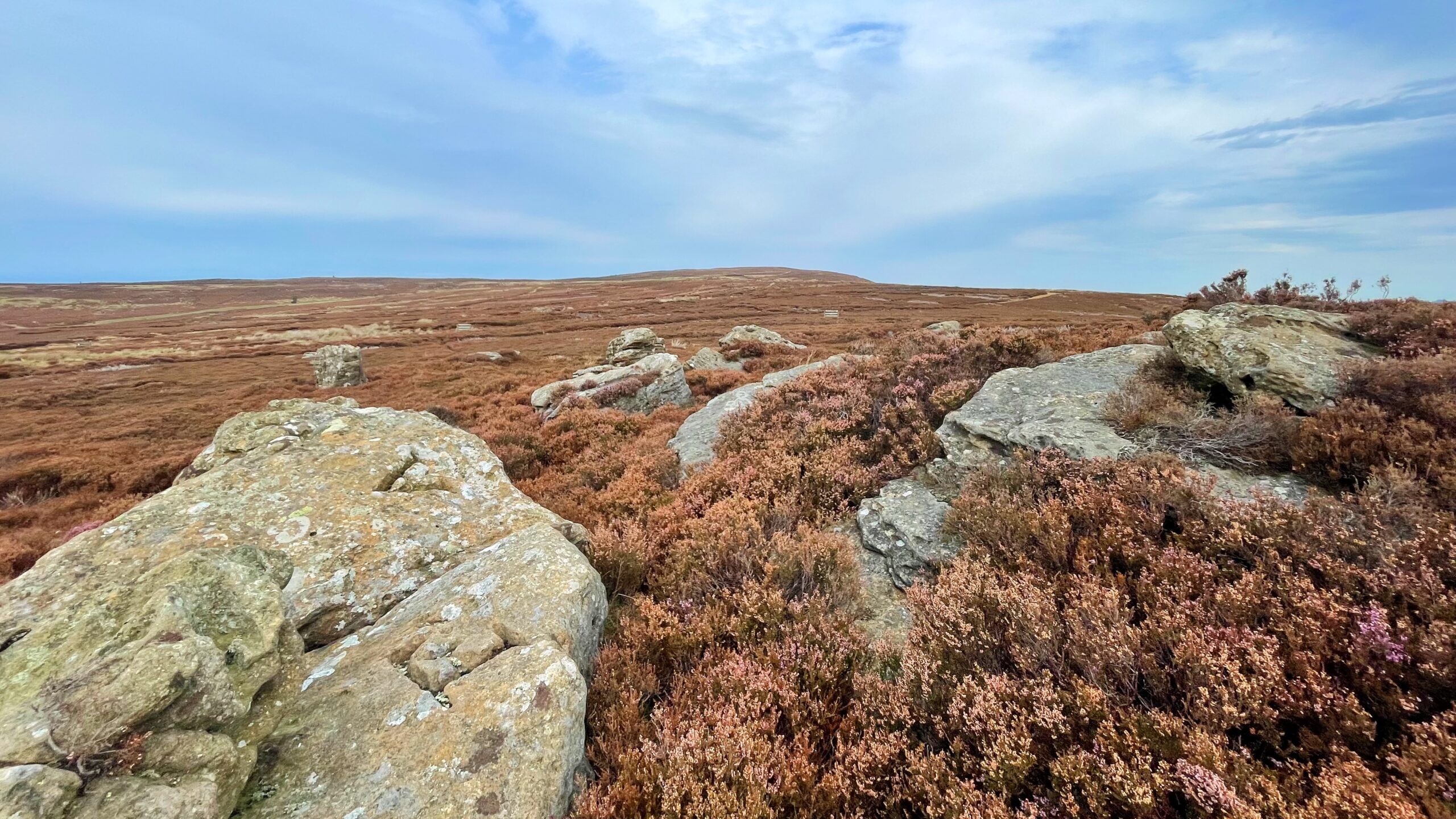
From Stone Ruck to the Lure of Fascism
A tumulus mapped as Stone Ruck with a view up to Brown Hill, the high point of Carlton Bank. A single boulder, pressed into service as a boundary marker, denotes the Feversham estate from that of the Marquess of Ailesbury. Curiously, the boundary is not drawn at the top of the tumulus but shy of…
-
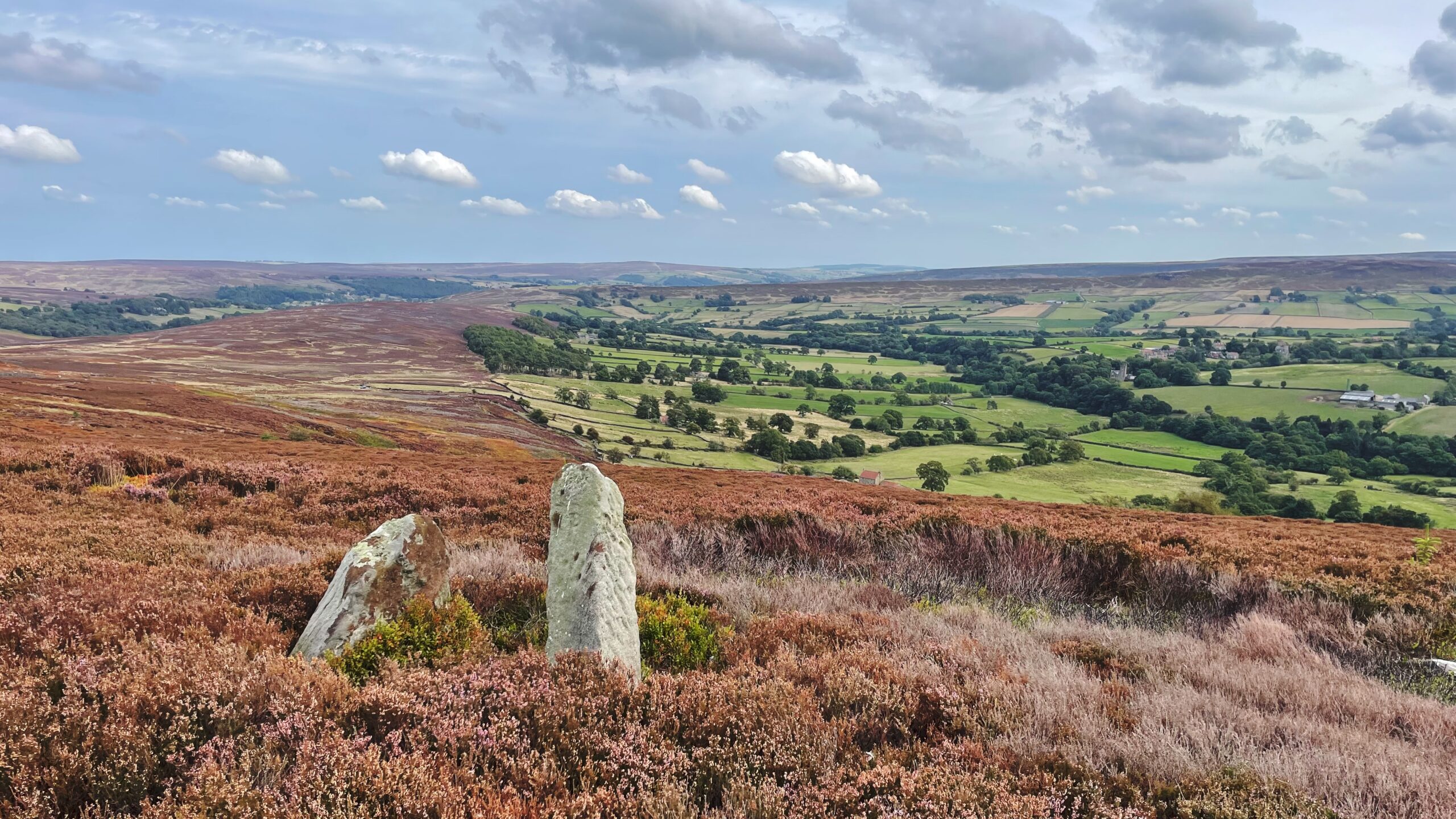
The Pike Stone: From Waste to Common Land
The Pike Stone marks the boundary between the common land of Westerdale and the “wasteland” of Baysdale Moor. At first glance there is little difference: both are heather moor, both are Open Access. Yet the distinction matters, and the Open Spaces Society is seeking to have Baysdale Moor registered as common land. Common land is…
-
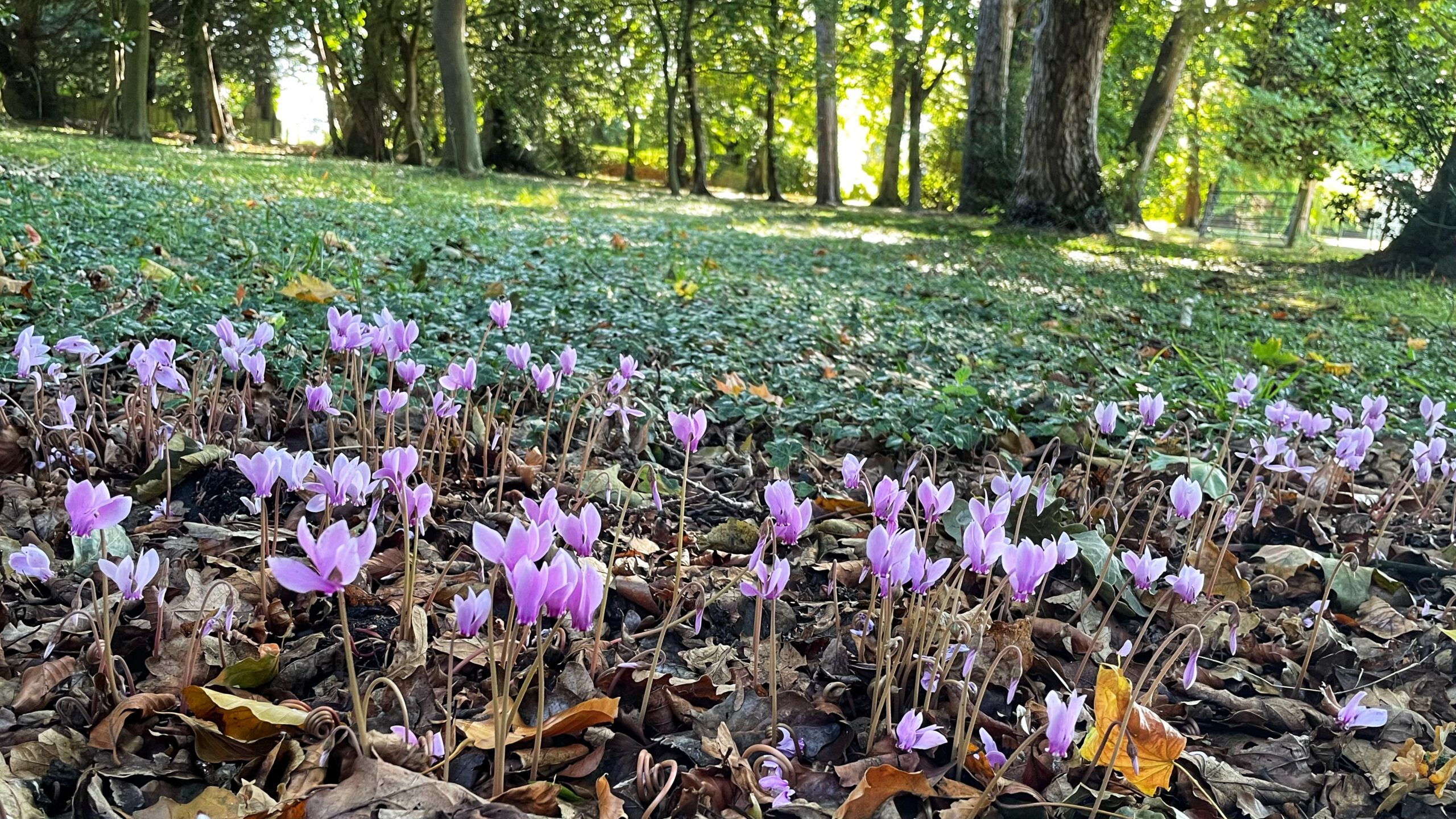
Panis Porcinus: Bread for Pigs, Medicine for Men
The common names we give to plants often say less about science and more about superstition. Take fleabane. Its title comes from the old belief that dried stems would drive away fleas. Toothwort was thought to cure toothache, not through any chemical virtue, but because its flowers looked rather like teeth. The Autumn-flowering Cyclamen carries…
-
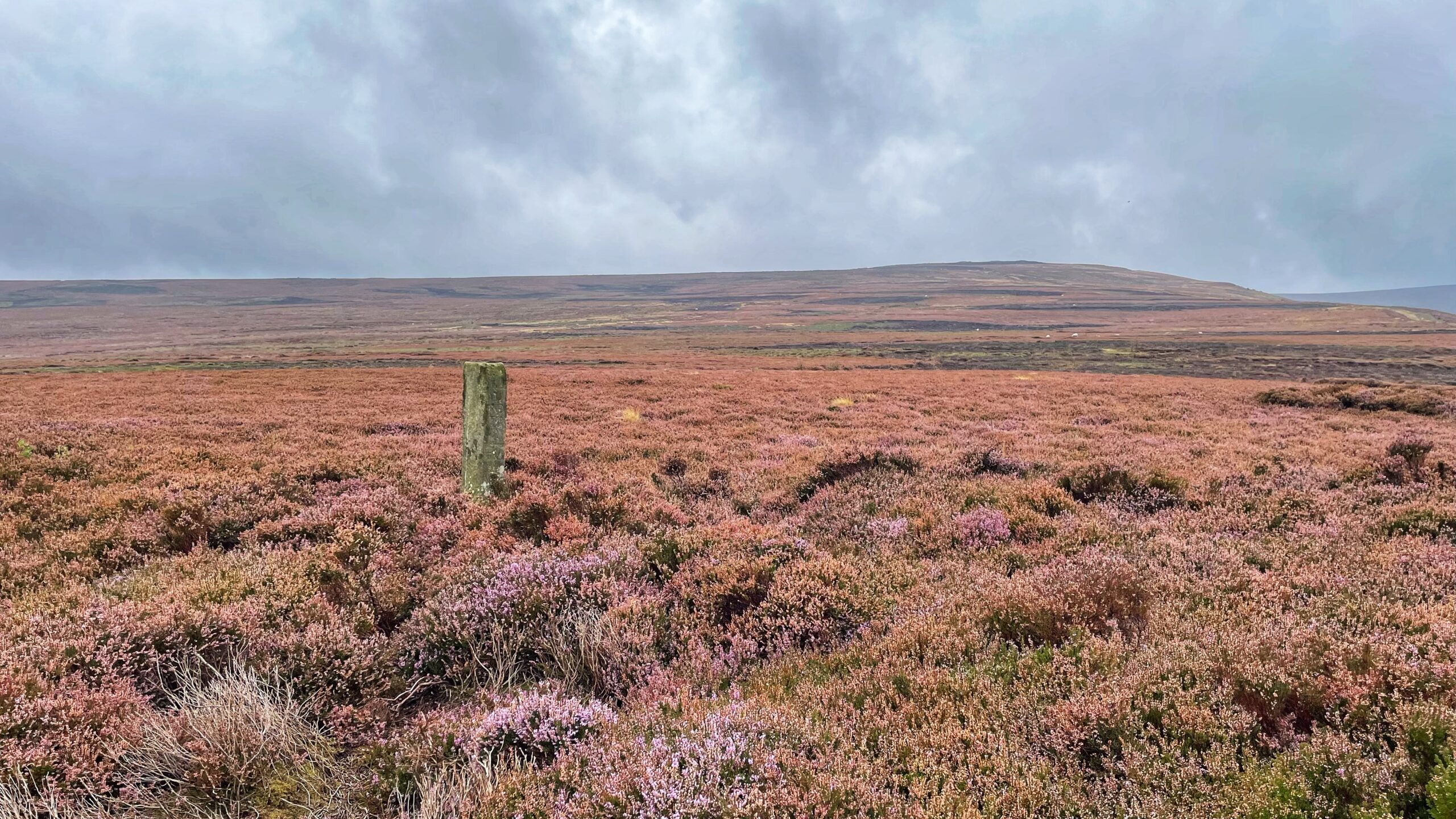
The Last Guidepost of Ingleby Moor
The North York Moors are scattered with standing stones. Silent, weather-beaten markers of human intent. Some once defined the edges of parishes or estates. Others reach much further back, into the medieval and even prehistoric past. Many still bear inscriptions: names, dates, and symbols carved into the rock, turning them into official signposts in a…
-
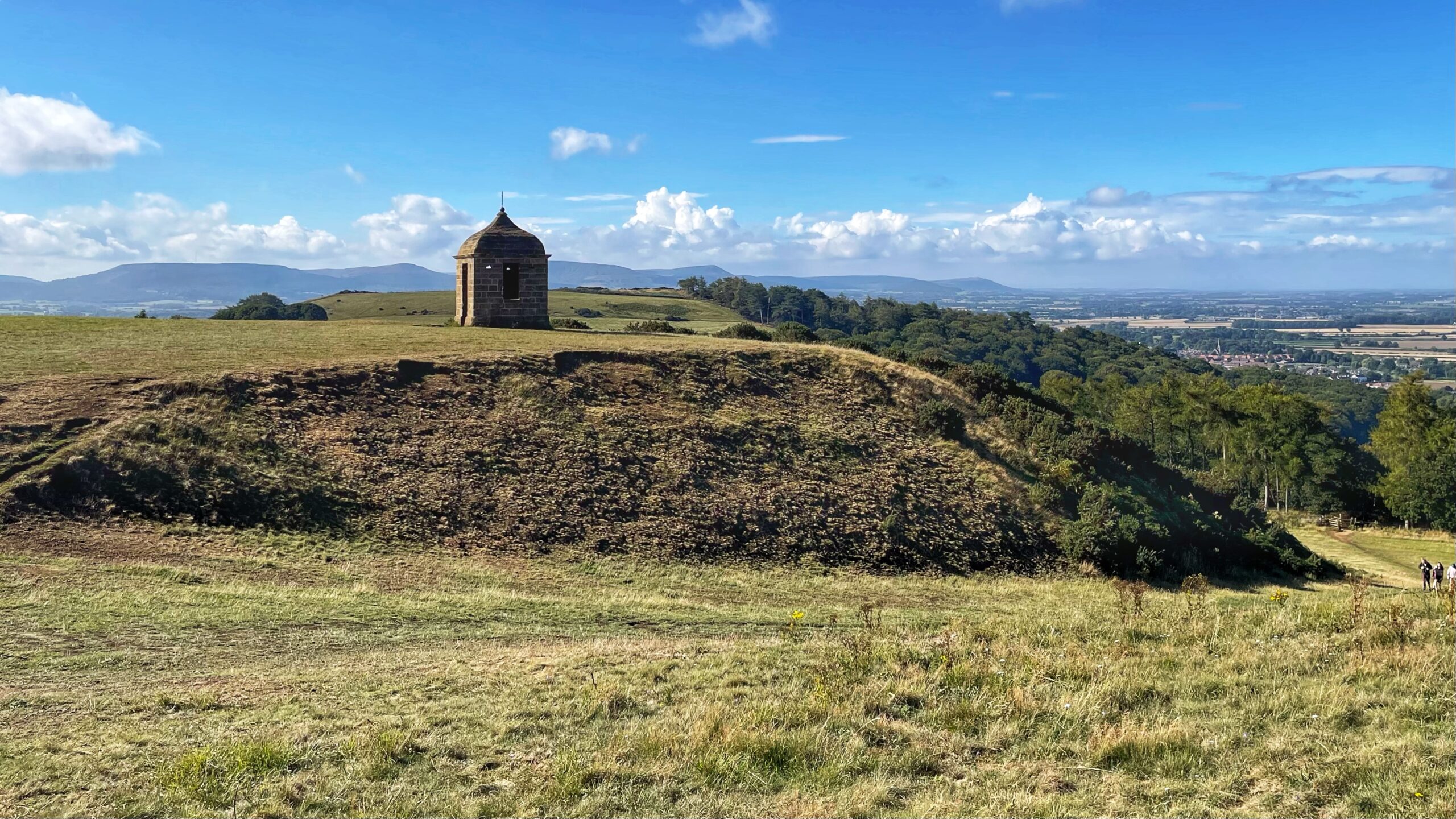
The Summerhouse Below Roseberry
A small plaque fastened to the wall of this sandstone shell of a building offers a neat explanation. It claims this was once a shooting box, commissioned by Commodore William Wilson of Ayton Hall. A tidy story, except for one small problem. It does not add up. A sketch by George Cruit in 1788 proves…
-
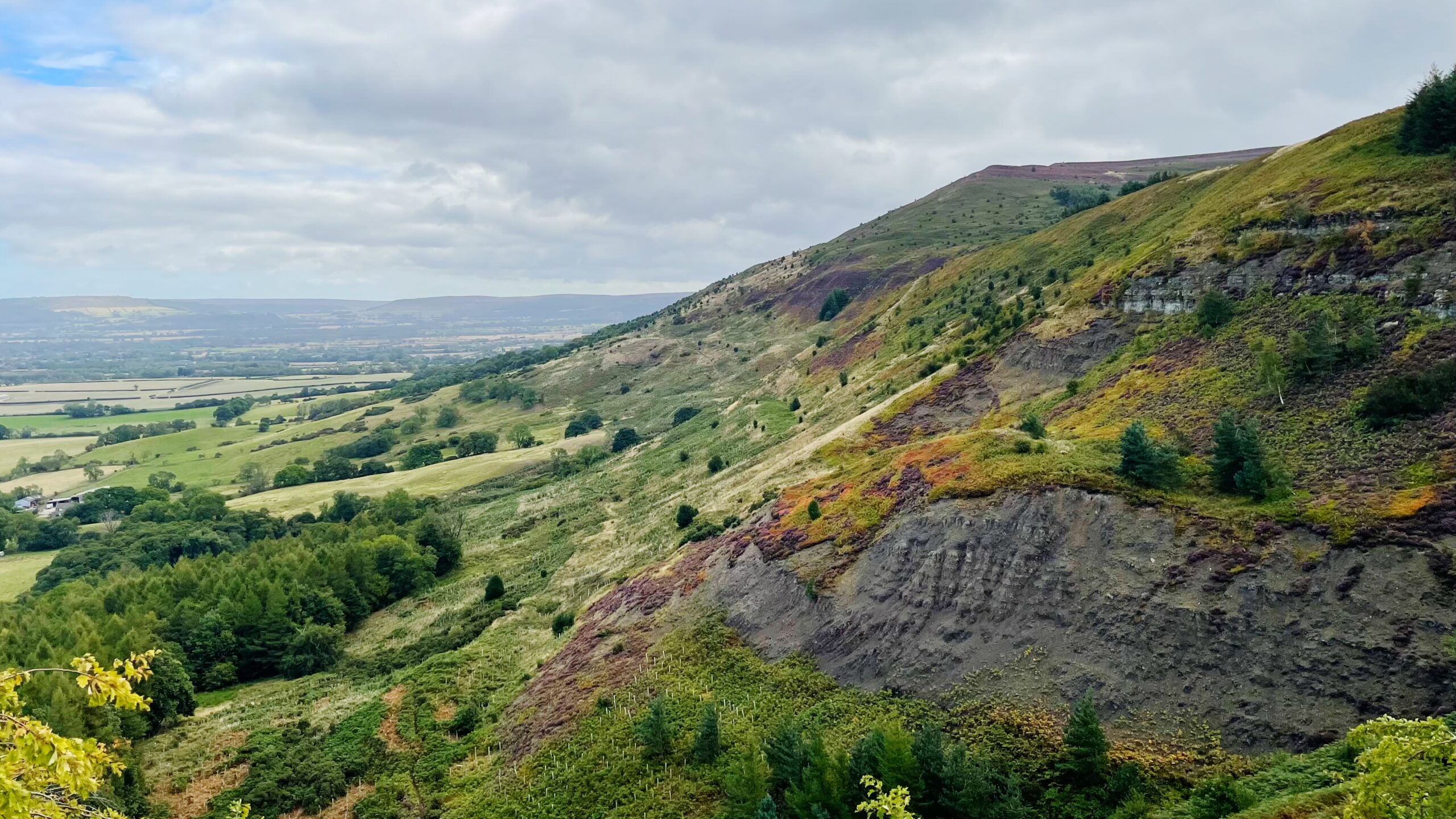
Autumn: The Killing Season
Green Bank — not very green on this first day of so-called meteorological autumn. The almanac though insists that autumn does not officially begin for another three weeks, though nature is already ahead of schedule. The harvest is in, or at least half of it, since some yields are reported at a dismal fifty per…
-
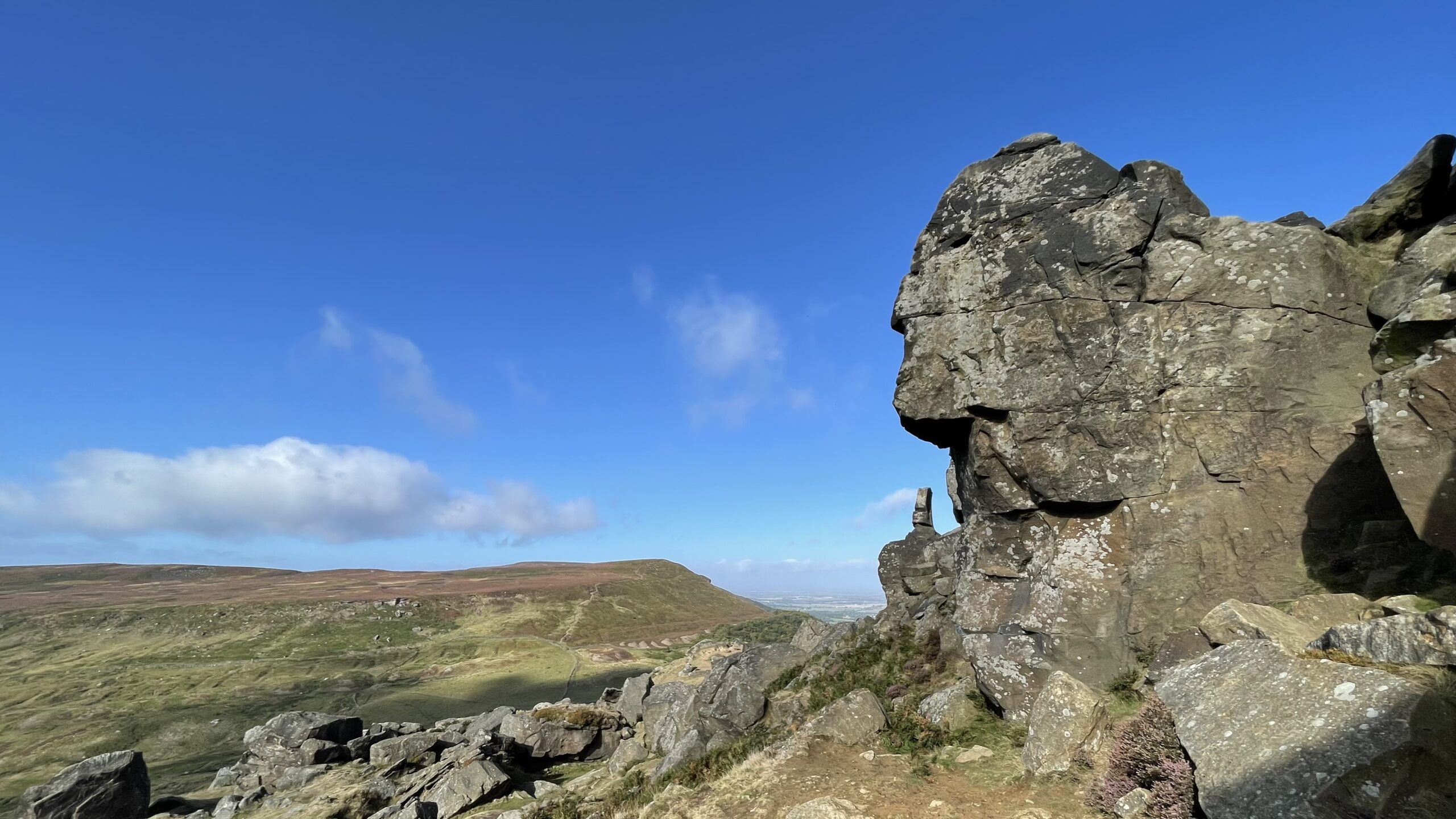
The Inscrutable Smile of the Wainstones
They say the Great Sphinx of Giza was carved from a natural limestone outcrop, its form inspired by the imagined body of some animal, perhaps a lion, perhaps not. Such acts of pareidolia echo across cultures and centuries. As for the Sphinx at the Wainstones, I cannot say who named it first. Perhaps it was…
-
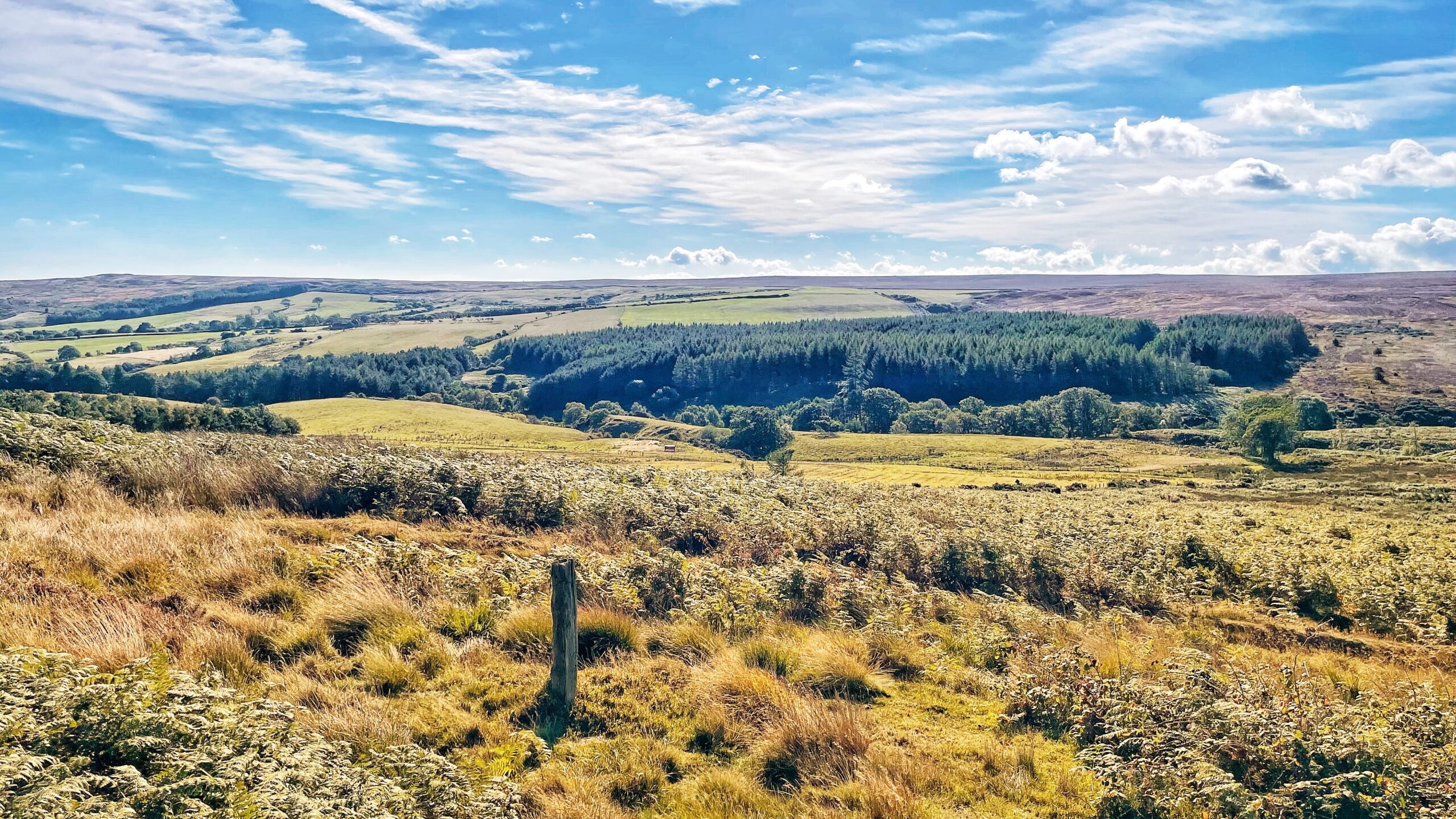
Westwith Chace
Westworth was once a favourite training ground of mine, and I knew it inside out. That plantation of mature conifers across the valley? I first passed through it when the spruce were no more than knee-high. By then, Westworth Farm itself was long gone. It had stood near that solitary tree on the right, its…